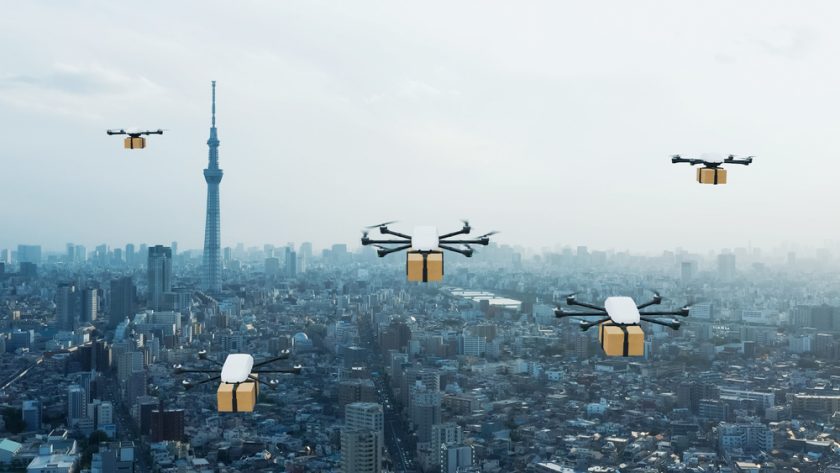Researchers at Cranfield University have developed a collision avoidance algorithm for the detection and avoidance capabilities of Unmanned Aerial Vehicles (UAVs). The proposed algorithm aims to ensure minimum separation between UAVs and geofencing with multiple no-fly zones, considering the sensor uncertainties. The main idea is to compute the collision probability and to initiate collision avoidance manoeuvres determined by the differential geometry concept, according to a paper published in MDPI Sensors open access journal.
Authored by Hae-In Lee, Hyo-Sang Shin and Antonios Tsourdos, the paper entitled A Probabilistic–Geometric Approach for UAV Detection and Avoidance Systems proposes and validates an algorithm with both theoretical and numerical analysis ensures minimum separation, efficiency, and scalability compared with other benchmark algorithms.
The research considers irregularly shaped obstacles in tactical de-confliction as a key element of a UTM solution expanding the operational boundary to challenging environments. It also considers uncertainties in the UAVs’ relative position to the moving intruders. The paper proposes a probabilistic–geometric collision avoidance algorithm that can consider multiple irregularly shaped no-fly zones and sensor uncertainties of multiple intruder UAVs.
Future direction of this research is suggested as an extension to fully utilise cooperative UAVs’ flight plans. While the current approach is applicable to uncooperative UAVs with their position and velocity measured from the sensors, the efficiency could be improved by further utilising the flight plan and manoeuvre strategy in the case of cooperative UAVs.
(Image: Shutterstock)
For more information:




